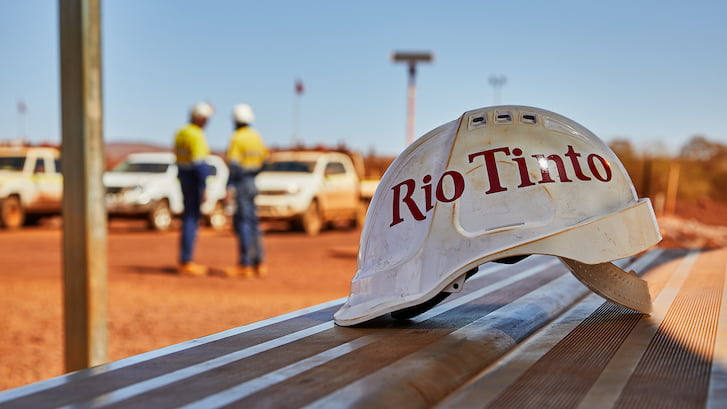Violence and aggression in workplaces has increased by 25 per cent over the past five years, creating headaches for employers on how to protect their staff.
These figures – based on worker’s compensation claims and provided by WorkSafe WA for Business Pulse’s April special edition on violence and aggression in the workplace – excludes workplaces and workers who are not covered, such as the self-employed and people who choose not to submit a claim.
CCI last year conducted 20 workplace investigations into violent and aggressive incidents. The most serious incidents are reported to police.
CCI’s Employee Relations Advice Centre receives several calls a week regarding aggression which manifest as questions about performance management, termination or the process for dealing with a complaint.
The centre receives at least two calls a week from smaller companies in the construction and mining sector and, on average, a call every three weeks about how to deal with carers of the elderly or disabled who have been reported manhandling clients, speaking disrespectfully or with raised voices.
General Manager of CCI’s Workplace Consulting Group and Director of Business Law WA, Warren Edwardes, says failing to provide a safe work place can be costly.
For example, the Victorian Supreme Court ordered an employer to pay $625,345 in damages where it was aware of a worker’s psychiatric vulnerability but left her under the supervision of an abrasive manager.
“The same goes with a customer and clients,” Edwardes says.
“That’s why you have employers such as banks and liquor stores, for example, training staff to deal with robberies.
They must have robust practices and procedures in place. WorkSafe provides guides to training and protecting employees in robbery situations.”
He says workplaces must also abide by a variety laws, which can be complicated, depending on the industry in which they work.
“I’ve completed a number of audits ranging from small business to large corporations where there are a variety of legislative provisions that may apply to the business. It’s not all about the OSH Act.”
WorkSafe WA’s Senior Inspector/Scientific Officer in the Human Factors and Ergonomics Kath Jones says the three main sources of aggression in the workplace include: internal (between employees in the same organisation); external (usually associated with robberies and other crimes); and service related (associated with providing a service such as client, member of public, patient or inmate).
WorkSafe spends most of its time on the third one, where there is a foreseeable risk. Reports of being ‘accidently assaulted’ mostly fall into the health, education and community services sectors.
“Those three are often client related so it’s quite different. And that’s where we see a lot of inquiries come through to WorkSafe and injuries reported.”
WorkCover must notify WorkSafe if an injury report requires 10 days or more of lost time due to injury. A WorkSafe investigation looks at the employer’s systems.
“How you control bullying is very different to how you control a client-related issue,” Jones explains. “If it’s bullying, I’ll go in and speak to the complainant and the employer about what systems they have in place to prevent it and manage it.
“If it’s violence and aggression, we go straight into the workplace and say what systems are in place, but also look at the environmental antecedents. Was there controlled access, was there an incident with a duress alarm, was there any security on site?
“Sometimes workplace cultures take a while to change but having this systems approach, from an inspectors’ perspective, I see a much more positive outcome. Complainants generally tend to be happy to know, even though they might have had a bad experience, that action is being taken to make sure it doesn’t happen to the next person.”
►CCI’s April Business Pulse looks indepth at the scourge of violence and aggression in workplaces and how WA companies are addressing it. To read the online version click here.






